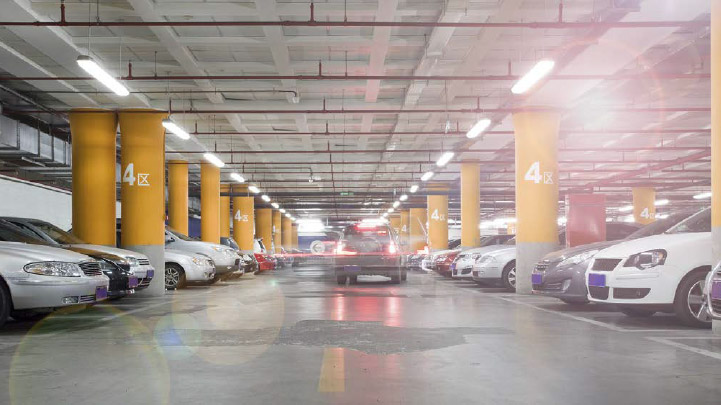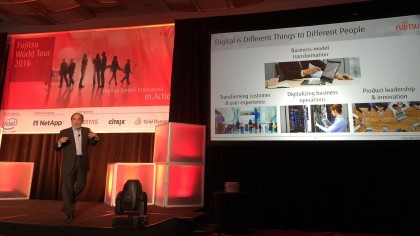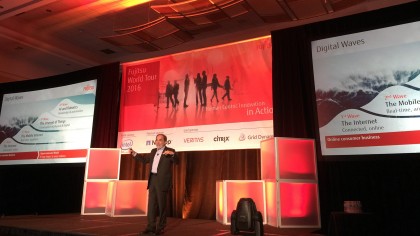The universal sensor for IoT? It may be the tried-and-true camera
If it can be seen, it can be triggered

Dr. Joseph Reger may well be on the short list for replacing The Most Interesting Man in the World. In speaking with me at Fujitsu World Tour in Orlando, he acknowledged that briefing books and rehearsals were de rigueur, but that "life was too short" to bother with either.
He's half-joking, of course, but he's in a good position to feel that way -- he's a doctor, after all, and he's also incredibly wise.
Digital transformation

In his opening keynote, which focused on digital transformations that are occurring across all manners of business, he touched on a litany of points. One of those in particular stuck out to me, and it was on the issue of cameras. He described to the crowd a monitored parking lot in Dubai, whereby a mounted wide-angle camera kept watch on the 20-odd parking stalls below.
The camera, paired with a software solution that mapped out individual spots, was able to collect and analyze information on how many were filled, how awful each parking job was, and how quickly (or slowly) they filled up. Reger hinted at a future where the software could even determine the model and make of each vehicle, allowing lot operators to have even more specific information about what was filling their real estate.
What's impressive about the example is this: if you host enough events, and you're able to analyze incoming and outgoing cars over a sustained period of time, you can begin to forecast what kinds of cars will likely arrive, when they'll arrive, how long they'll stay, and perhaps even how likely they are to dent the door of the vehicle next door.
IoT's secret weapon

Reger summarized it as such: "Cameras are becoming the universal sensor of IoT -- if you're smart enough, you can figure out what's happening by watching, and you don't need other sensors."
That's worth pausing on. Part of the nightmare that is the connected home in 2016 is the general flakiness of sensors. Occasionally they work, but occasionally, you'll get a motion sensor that thinks there has been a break in after a power surge, freaking you out while you're on a business trip halfway around the world. Not ideal, and by some accounts, bordering on useless.
Get daily insight, inspiration and deals in your inbox
Sign up for breaking news, reviews, opinion, top tech deals, and more.
Cameras, however, have been around for eons, and with few exceptions, they tend to serve their purpose. If a camera can see it, and software can make something of whatever's being ogled, an action can be triggered. Interestingly, we may end up leaning on grey-bearded technology -- paired with leading-edge analytical software -- to move the Internet of Things forward.
In some cases, looking at maximizing what already exists can trump a hasty, uncoordinated invention. Indeed, that aligns well with Reger's take on Fujitsu's proposition: "Use what's there, build on it, integrate with it, and push it to the limit."
